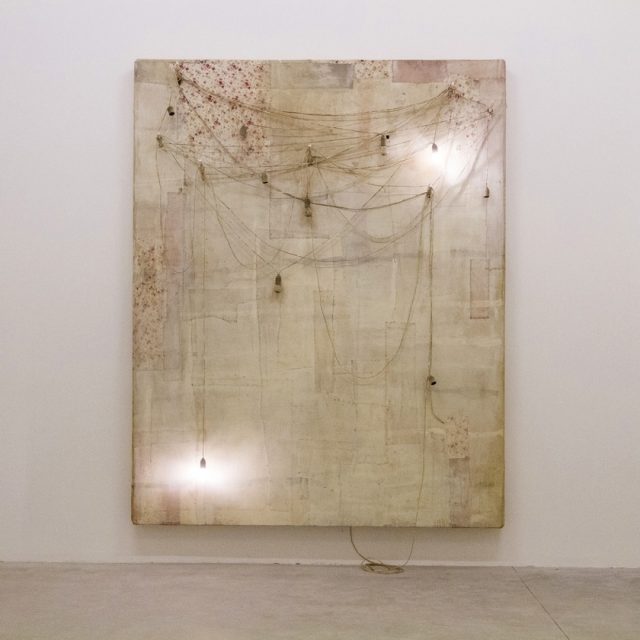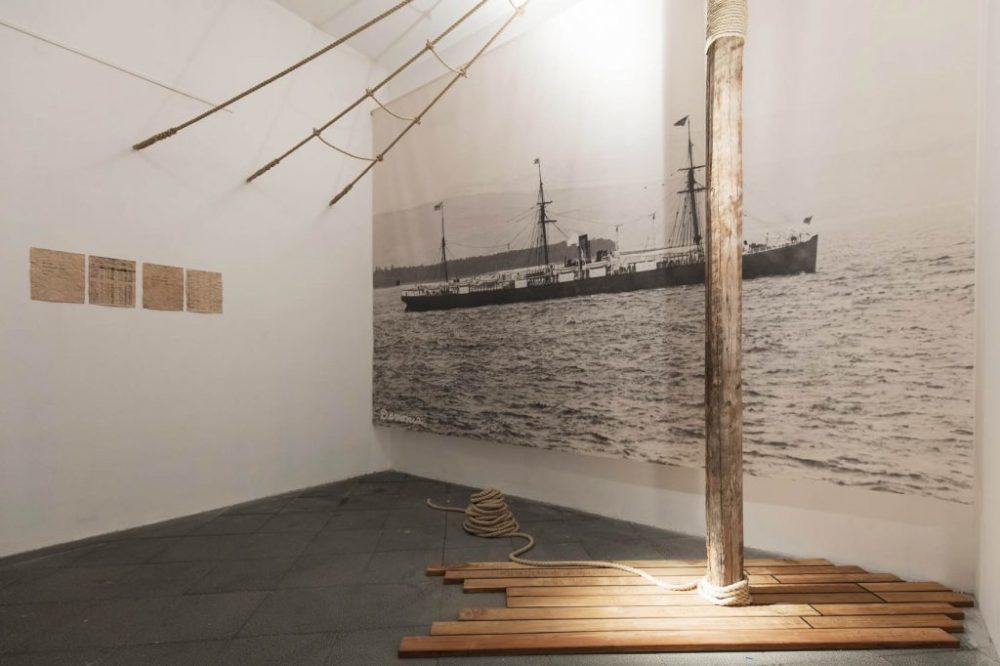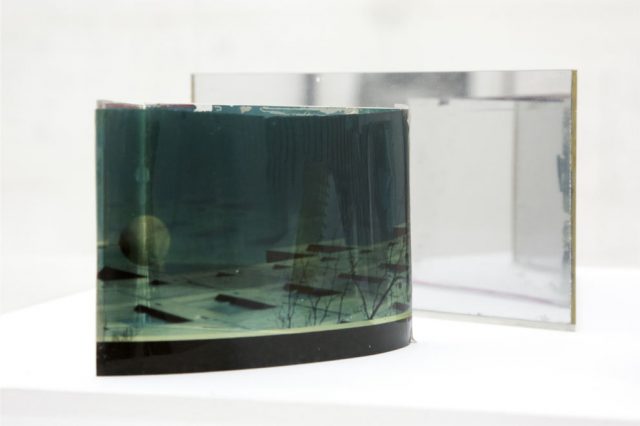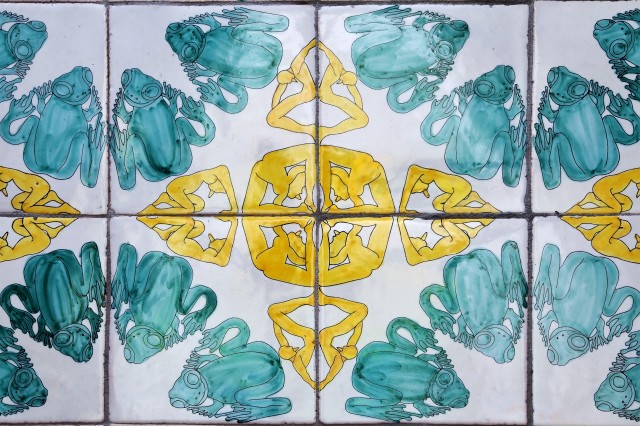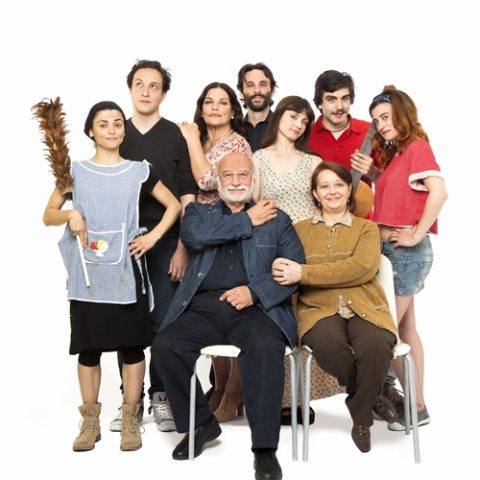The Australian-born artist Lawrence Carroll (Melbourne, 1954), a key figure on the current international art scene, is one of the most singular voices in the practice of painting. Born in Melbourne, Carroll studied in Los Angeles before settling in New York City, where he began his career as a visual artist in the mid-eighties, then left first for Venice and later Rome. In the mid 80s the artist created a series of small painted works, almost “pictorial boxes,” associating the two-dimensionality of painting with the three-dimensional object. These were seminal works for the future development of Carroll’s artistic practice. At that time he began to explore painting as a “body” and no longer a surface. Carroll’s began to conduct research into the relations between painting and sculpture, and its capacity to infuse profoundly emotional values into the post-minimalist aesthetic.
Though his works are often notable for the almost total absence of figurative images and representational signs, the support reveals a concentration of color, pictorial materials and processes that transform it into an intellectual and emotional space, filled with memories, feelings and suspended narratives. The very concept of “monochromy” – although present at the formal level in Carroll’s paintings – is explored, almost contradicted, in a way that is both lyrical and radical: the ochers, yellows and ivories that dominate his palette appear as if impregnated with temporality, to the point of effacing the distinction between color and matter, representation and reality, image and tactility.
Likewise the canvas is never whole, but the result of stitching and uniting different fragments and layers, at times revealing a fabric which existed before its current role, in which the meditative slowness of the gesture of suturing evokes a dilated and deeply human dimension of time. The objective presence of Carroll’s paintings, together with the processes and materials used – often scavenged from everyday uses extraneous to the traditional language of painting – reveals the artist his affinity with a tradition that links artists such as Alberto Burri, Jannis Kounellis, Robert Rauschenberg and Cy Twombly, united by their research into the tragic and lyrical dimension of painting.
Within the permanent collection of the Madre it has been possible to recreate, exceptionally, and almost complete, Lawrence Carroll’s contribution to at Pavilion of the Holy See at the 55th Venice Biennale in 2013. Carroll was invited – together with Josef Koudelka and Studio Azzurro – to draw on the opening chapters of Genesis, producing a pavilion divided into three sections: Creation, De-Creation and Re-Creation. Adopting a deeply personal approach to the theme, Carroll produced works in which the canvas is reworked expressively and elements such as wax, electric light, ice and plastic flowers generate a poetic and symbolic alphabet. Carroll then interpreted the theme of Re-Creation through the vitality and intrinsic qualities of the materials themselves within a discourse that is central to the symbolism of transformation and regeneration.
In this way the cycle of works presented in Naples contains and transcends the religious theme, opens out its significance and explores its iconographic sources, transforming it into a deeply human symphony of frailty and hope, finiteness and change. At the same time, the recurring interplay between the canvases contained one within the other renews a symbolism favored by the artist: that of the canvas folded and applied to an open canvas that, by contrast, creates an element of strength and mystery, namely a work of art in potency, contained in the work itself but excluded from the sight of the viewer.
AR
